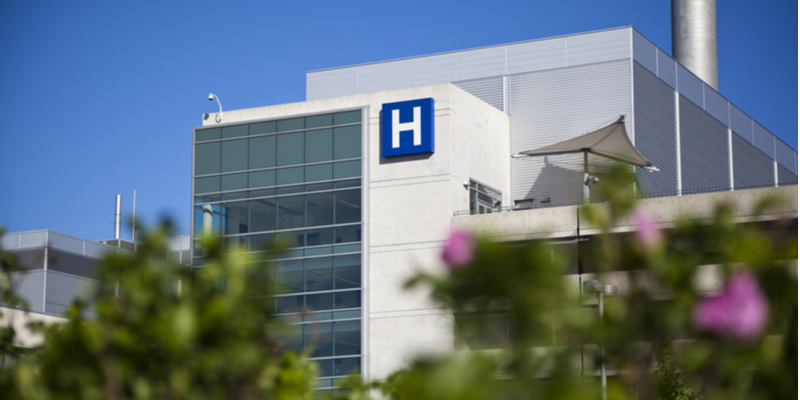Negative air machines are an important piece of equipment in healthcare facilities. After all, patient safety and wellbeing are of utmost importance and a negative air machine can help prevent a wide variety of health issues, including hospital-acquired infections.
Hospitals must stop at nothing to prevent patients from getting sick within their corridors. Contact transmission may be the most common way that hospital patients get sick, but airborne transmission comes in a close second. Negative air machines fight back against airborne contaminants, getting rid of many dangerous airborne particles.
Benefits of Negative Air Machines for Healthcare Facilities
- Reduces the risk of contamination and the spread of infections between hospital patients
- Lowers cost to hospital who can be held responsible for hospital-acquired infections and illnesses
- Makes hospital a safer and more effective space
Reduce Costs Associated with Hospital-Acquired Infections
The cost of a hospital-acquired infection is no small sum. The Centers for Disease Control and Prevention estimates that 1.7 million hospital infections result in the death of 99,000 patients per year. This includes cases of pneumonia, surgical site infections and bloodstream infections.
The cost of a life cannot be measured, but there’s no denying that the cost to hospitals held responsible for these deaths is sky high. If a patient is infected by the hospital, they are more than likely not going to pay the full cost of treatment associated with additional care and a longer stay.
So, not only does preventing illnesses help promote better patient health, but it also helps healthcare facilities become more profitable.
Negative Air Machines Help Healthcare Facilities Every Day
Negative air machines filter out the air and can remove many dangerous particles. They work by producing a pressure differential between two different areas. Air naturally wants to move from higher pressure areas to lower pressure areas, this is how it reaches its optimum equilibrium. Negative air machines are based on this natural process, using it to their advantage in order to control airborne particles.
The air machine contains a system of fans that force the air out of isolated areas, moving the air through a HEPA filter before it is pushed back out into another part of the facility. The filters on our negative air machines trap 99.97% of 0.3-micron particles.
Controlling the air from one space to another prevents infections from migrating throughout different areas of the hospital and infecting other patients. This greatly reduces the risk that infection is spread within a hospital.
A Must-Have for Contaminated Areas
The World Health Organization recommends the use of negative air machines in any and all contaminated areas. This includes the use of negative air pressure in isolated patient rooms, as well as in any areas within the hospital where dust and debris are produced. The end goal is to limit the flow of air out and around doors and windows, while keeping patients throughout the facility safer. This still allows the flow of clean air from outside of the room.
According to the American Institute of Architects, air pressure should be 0.01” water gauge (w.g.) or 2.5 Pascals (Pa) in all patient rooms, and 0.03” e.g. (8 Pa) in advanced protected environments.
How Effective Are Negative Air Machines?
Air machines are highly effective at filtering air through healthcare facilities. They greatly reduce the risk of spreading infection to patients, while removing contaminated particles from the air.
Not all air machines provide the same level of effectiveness. A HEPA-certified air filter is key to getting the most out of a negative air machine.
Rent negative air machines from Cooling Power, learn more.

